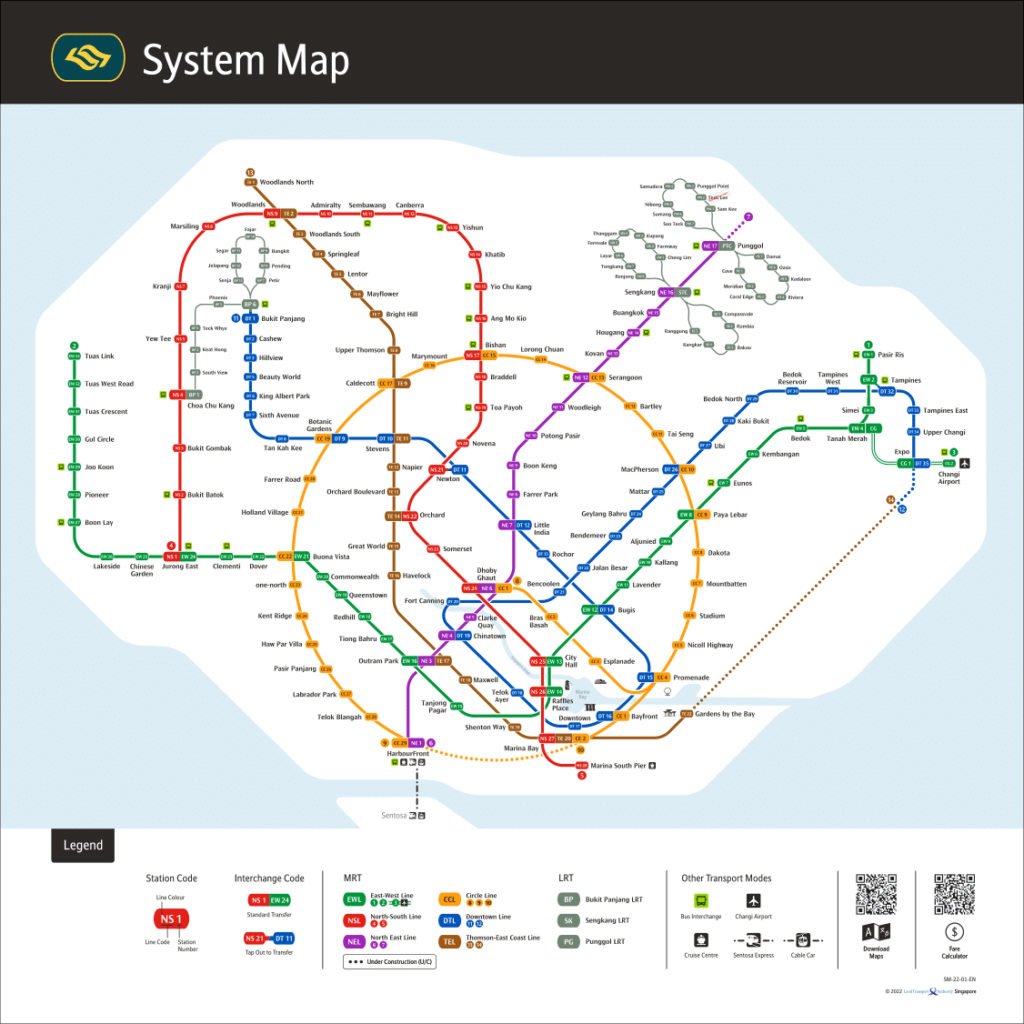As one of the world’s leading urban centers, Singapore is renowned for its efficient transportation infrastructure that facilitates seamless movement across the city. Whether you’re a visitor seeking to explore Singapore’s iconic landmarks or a resident navigating daily commutes, a comprehensive understanding of transportation in Singapore is essential for navigating the cityscape and immersing oneself in its rich cultural tapestry.
To and from Singapore Changi Airport
Traveling to and from Changi Airport is convenient with multiple transportation options available.
- MRT: Most people opt for the MRT, Singapore’s train system, which takes around 30 minutes to reach City Hall station in central Singapore and costs approximately S$1.50.
- City Shuttle Bus: You can also choose the City Shuttle Bus, which operates every 20 minutes between 6:00 a.m. and midnight, with fares of S$10 per adult or S$7 per child below 12 years old.
- Public bus: Alternatively, public bus no. 16 or 16E runs every 10 minutes or so and takes about half an hour to reach the city center, with fares starting from S$1.50 per ride.
- Taxis & Ride-hailing Pick-ups: For those preferring convenience, taxis and ride-hailing apps like Grab, Gojek and Zig are available, albeit being the quickest and most expensive option, particularly suitable for newcomers to the city.
Public Transport
The Mass Rapid Transit (MRT) and bus services are the preferred modes of transportation for the majority of locals and expats to reach their destinations in Singapore.
MRT
Singapore’s Mass Rapid Transit (MRT) system offers an extensive network of routes, with stations strategically located near popular attractions throughout the city. Renowned for being cheap, fast, and incredibly convenient, the MRT is the preferred mode of transportation for many locals and expats alike. The trains run frequently, arriving approximately every five minutes, and are known for their exceptional cleanliness and safety standards. However, it’s important to note that the MRT can be crowded during rush hours, typically between 8:00 a.m. – 9:00 a.m.and 5:00 p.m. – 7:00 p.m.. With six distinct lines, each marked with a different color, navigating Singapore’s MRT system is straightforward and efficient. The lines include:
- North-South Line (red)
- East-West Line (green)
- Circle Line (orange)
- North East Line (purple)
- Downtown Line (blue)
- Thomson-East Coast Line (brown)

View MRT Network Map
Bus
Buses offer a cost-effective means of transportation in Singapore, with an extensive network of over 5,000 bus stops scattered across the city. Each bus stop is uniquely identified with an ID number and often provides route information for added convenience.
Singapore’s buses provide commuters with a delightful journey as they traverse scenic routes adorned with greenery. The buses themselves are spacious, well-maintained, and equipped with excellent air conditioning, ensuring a comfortable ride. Additionally, buses ensure inclusivity for all passengers by providing ramps for wheelchairs, and open strollers are permitted onboard. Friendly bus captains are also readily available to provide assistance when needed.
To further enhance the commuting experience, travelers can utilize apps like Citymapper and MyTransport.sg for real-time route planning and information.
How to pay for public transport
Paying for public transportation in Singapore involves various methods depending on whether you’re taking the bus or train. Fare cards are applicable for both, with fares calculated based on distance. For expats in Singapore, EZ-Link cards or Singapore Tourist Pass cards can be purchased at any ticketing service center. Commuters can transfer within the MRT/LRT system, between bus services, or between MRT/LRT and bus services. For buses, you can also pay with cash, but only if you’ve already prepared the exact fare and informed the Bus Captain.
Adhering to payment regulations is crucial to avoid penalties. Underpayment, non-payment, or misuse of concession cards can result in a $50.00 penalty fee imposed by the Public Transport Council. Furthermore, children under 0.9m in height can travel for free on buses and trains if accompanied by a fare-paying commuter.
Private Transport
Taxi & Ride-hailing Apps
Taxi and ride-hailing apps like Grab, Gojek and Zig are particularly handy when you need to reach places not accessible by bus or MRT. However, it’s important to be aware of potential surcharges depending on factors such as time, location, and the taxi company you choose. To avoid any surprises, it’s advisable to check with the driver regarding surcharges and request a receipt at the end of the trip. While standard taxi fares are distance-based with additional surcharges, taxis are more cost-effective for traveling in large groups over short distances.
Car Rental
Driving in Singapore is generally unnecessary due to its small size and well-developed MRT and bus routes. However, if you still want to have control over your travel experience, car rental services are available at all four terminals of Changi Airport. Nonetheless, we recommend seeking car rental services outside the airport as they typically offer lower prices. Once you’ve decided on a car rental service, it’s important to note that vehicles in Singapore drive on the left side of the road. Familiarizing yourself with road signs and schemes is essential for safe driving.
For alternative transportation options, consider car-sharing apps like BlueSG, TribeCar, or GetGo. With these apps, you can easily locate a nearby car, unlock it using the app, drive to your destination, and then return it.
Buying a car in Singapore for foreigners
Singapore is a small island, and as a result, the government strives to maintain pedestrian-friendly roads by continuously improving the public transport system, making car ownership a bit challenging here. Below is a breakdown of the documents, requirements, and fees involved in purchasing a vehicle:
- Certificate of Entitlement (COE): In order to drive an automobile legally in Singapore, a car owner needs to have a COE. It acts as documentation that permits the use, registration, and operation of a vehicle.
- Road Tax: When you buy a car, the road tax is already included in the overall price. On the other hand, you have to renew your road tax every six or 12 months.
- Petrol or Charging Fees: Figure out how much gasoline,diesel or electricity your desired car would consume before you buy it.
- Parking Rates: In Singapore, parking is only permitted in specific areas. Parking without permission may incur fines or penalties.
- Maintenance Fees: To avoid automotive problems and guarantee safe driving, regular vehicle maintenance is essential. Vehicles normally require maintenance every six months or when they have driven 10,000 kilometers.
Bicycle
Singapore offers a well-connected network of cycling paths, with shared bicycles available for rent from licensed operators. Key road rules include following signals like other vehicles, traveling in the same direction as traffic flow, wearing a helmet, and sticking to the left edge of the road. Cyclists should ride single file on single-lane roads and during bus-lane operation hours. Note that bicycles are prohibited on expressways, road tunnels, and certain viaducts.
Various cycling routes are available across Singapore, including Ang Mo Kio – Lornie, Bedok – Tampines, Bukit Gombak – Bukit Panjang, Geylang – Marine Parade, Jurong, Marina Bay – Rochor, Pasir Ris – Changi, Punggol – Sengkang (home to Coney Island), Woodlands, and Yishun.
Transportation apps in Singapore
In a dynamic country like Singapore, transportation is made convenient through technology, with a plethora of utility apps available.
Navigating Singapore’s transportation system is made easy with online MRT maps and mobile bus apps. The MRT interactive map provides real-time updates and can be saved for offline use. Additionally, TL SimplyGo by TransitLink and MyTransport.SG by the Land Transport Authority (LTA) offer comprehensive information and services for MRT and bus travel, including fare calculation and route planning.
For private transport preferences, consider using ride-hailing apps which offer convenient solutions. The top local taxi app, Zig (ComfortDelGro), allows for easy booking and tracking of taxi arrivals, with the added benefit of in-app payment for street-hailed taxis. Other well-known apps such as Grab, Gojek, and Ryde also provide extensive coverage across Singapore.
Cost of transportation in Singapore
Navigating in Singapore is made easy with an efficient and well-connected public transport system. Whether opting for the MRT or preferring to ride in a private car, travelers have a multitude of options to explore the Lion City. Additionally, with the aid of various transportation apps, travelers can seamlessly plan their journeys and explore all that Singapore has to offer.




